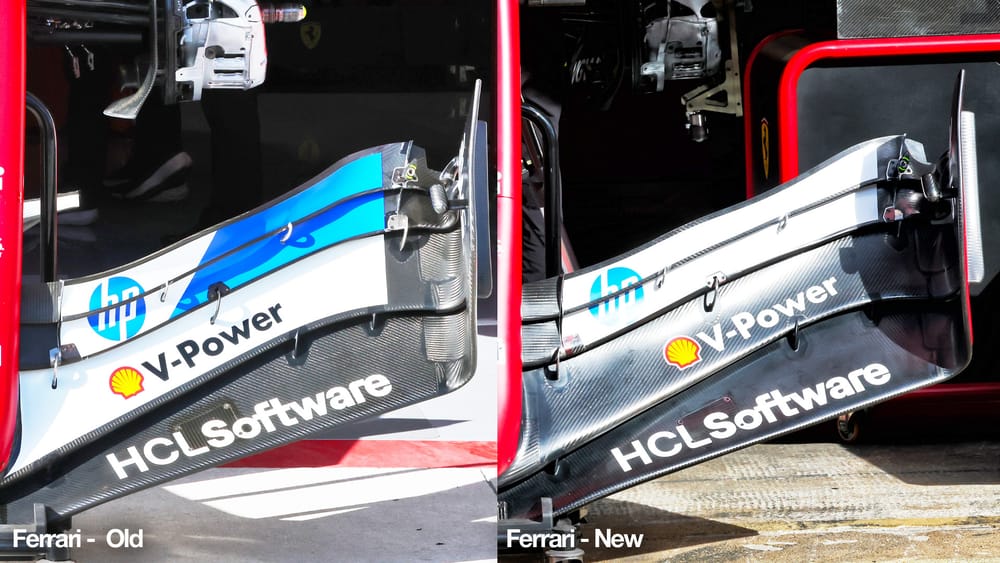Up Next

So far at the Spanish Grand Prix, Ferrari hasn’t been able to repeat the excellent performance that allowed it to at least trouble Formula 1 championship leader McLaren in Monaco.
The technical directive on the front wings has finally come into force and all wings used up to Monaco are no longer usable as they would not be suitable for passing the FIA's anti-bending controls.
Though there hasn’t been a major shake-up in the order, listening to opinions inside the Barcelona paddock it is clear some adaptation has been necessary. The cars are not entirely insensitive to such a change. In terms of performance they all lose something, and the difference will not be the same on all track layouts.
What’s changed for Ferrari?
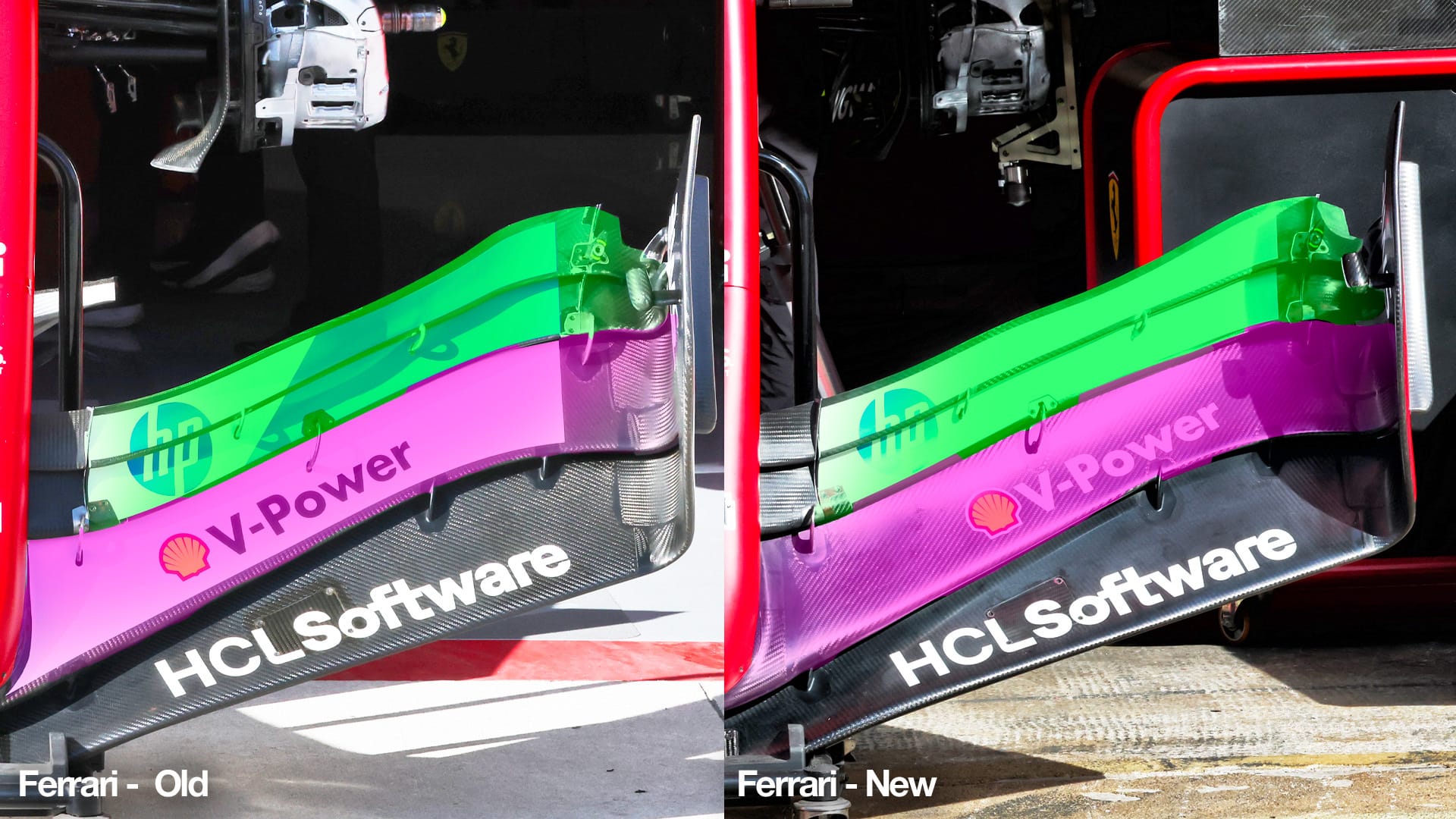
The SF-25 is a car that was born with several problems related to the operating window. Many times during this season Ferrari has not been able to optimise the set-up because of certain limitations arising from a car with a very narrow window of operation.
So why did the car perform so well in Monaco? The street track does not require any particular compromise, as maximum downforce is used and fast corners are absent.
Ferrari had always shown a relatively neutral attitude towards the impact the technical directive would have on its own performance, even though at Austin last year an important step had arrived with regard to the front wings, which brought about a tenth of a second of performance to last year’s Ferrari.
Now it took advantage of the technical directive to introduce a new front wing that had been in the works for several months at Maranello. The team decided has used this opportunity of the mandatory modifications to the wing's carbon structure to make aerodynamic changes to the design of the elements.
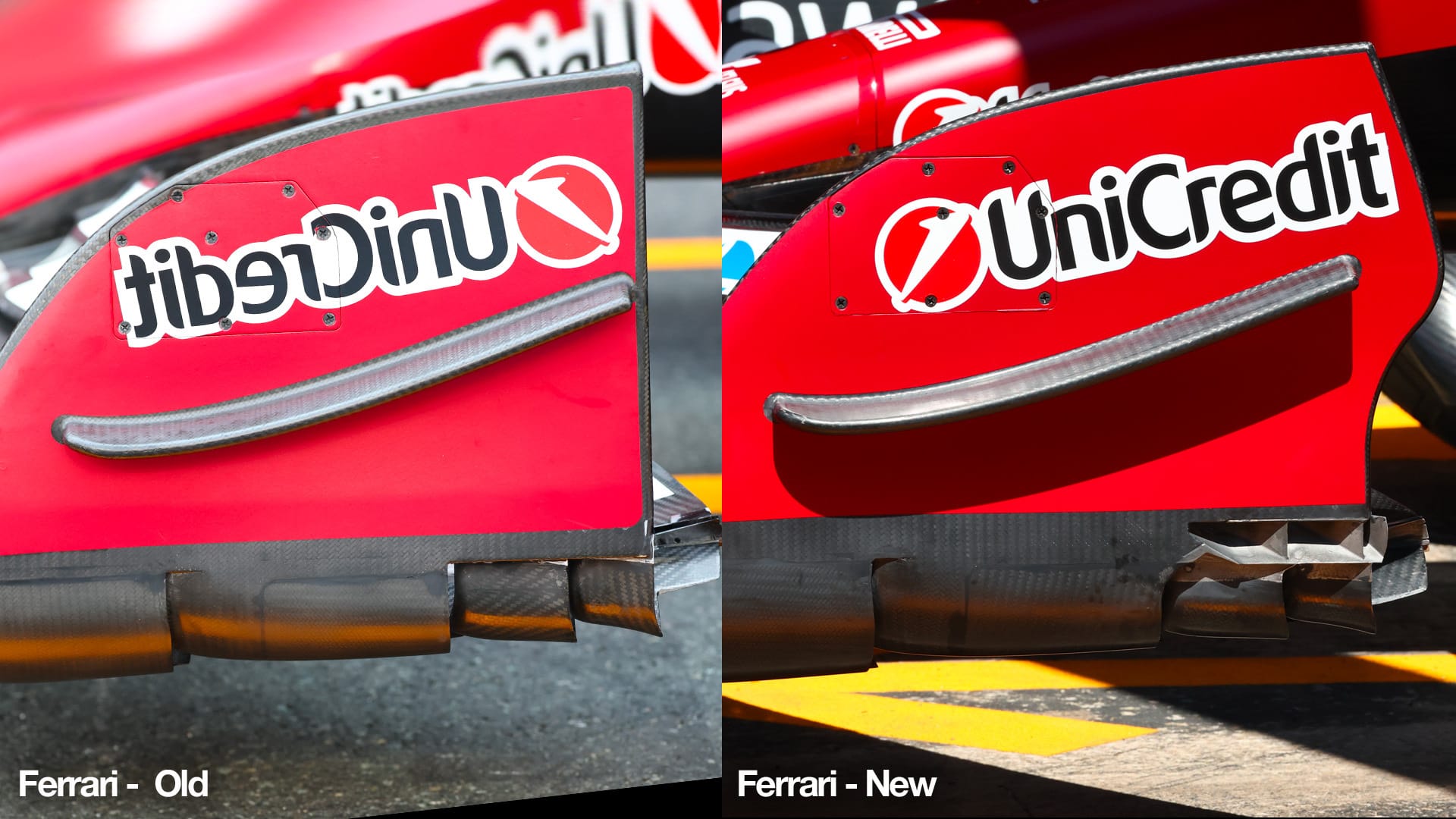
The use of a stiffer front wing by regulation brings with it disadvantages, especially in the behaviour of the car in fast corners.
“In high-speed it is a little bit trickier to drive,” said Charles Leclerc. “But it's not something I dislike too much.”
The hierarchies, at least in Spain, do not seem to have changed much with the introduction of the technical directive, not least because the teams have had six months to prepare.
Ferrari still has to wait for its major package
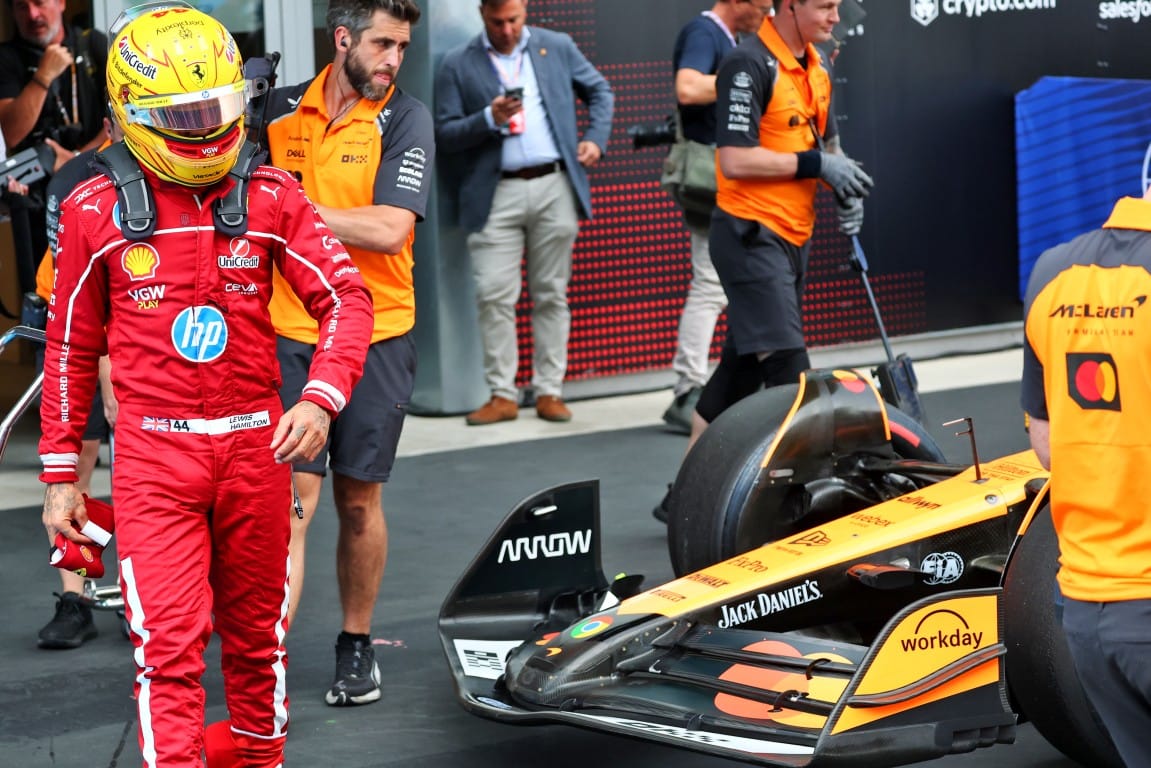
The Race picked up a few more opinions about Ferrari’s problems in the Barcelona paddock, and the key factor is the same as at the other grands prix before Monaco.
It relates to both the tyre set-up on the qualifying lap, and the set-up compromise issues with the lightweight rear.
Monaco’s need for a higher ride-height met Ferrari's requirements and was a performance leveller, bringing the SF-25 closer to the top.
But on a conventional track Ferrari is back to the usual deficits it has had since the start of the season. And that deficit looks bigger than a single upgrade package could close.
“It's just an amazing job they've done,” said Lewis Hamilton of McLaren.
“For me it's half a second - but they're three tenths clear to the guys behind.
“It's not an insurmountable amount - but for example a lot of work, months went into developing and getting like a tenth of performance. We don't have half a second coming, that's for sure.”
Are bigger front wing changes still to come?
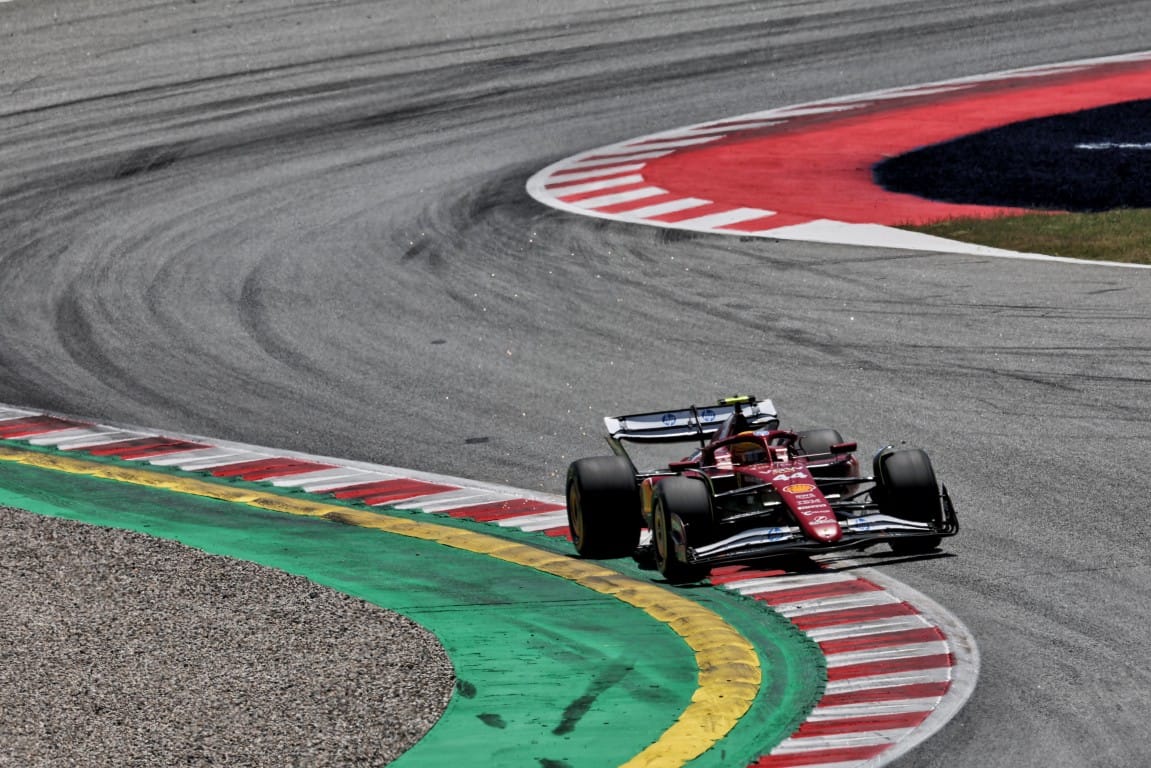
Some teams have not made any obvious aerodynamic changes to the front wing at all for Spain, and have merely stiffened the structure.
Ferrari is definitely the team that has changed the front wing the most on an aerodynamic level, with alterations to both the bodywork and the endplates.
Changing the front wing design is always a delicate matter on the current ground effect cars because they are very sensitive to shifts in balance. Combining both the aerodynamic part and reducing the bending effect in one update is something Ferrari has decided to do to reduce the impact on the budget cap, but it makes learning the set-up more complicated.
The problems of an unresponsive rear end are the weakness that Ferrari has been carrying around since the start of the year, and it is the main reason why Ferrari is working on introducing a rear suspension that will be part of a macro-package we will see later in the season.
The aerodynamic update to the front wing stems from a need to improve the balance of the car to allow for a larger operating window. It is therefore not entirely related to having to adapt the car to less flexible aerodynamics at the front.


